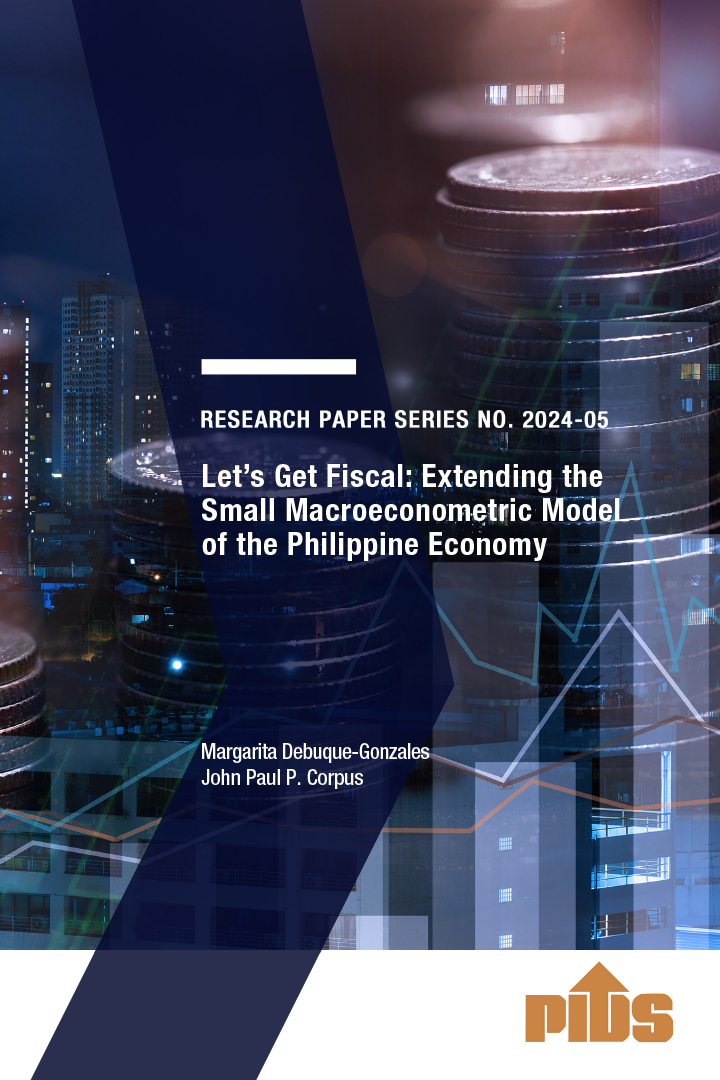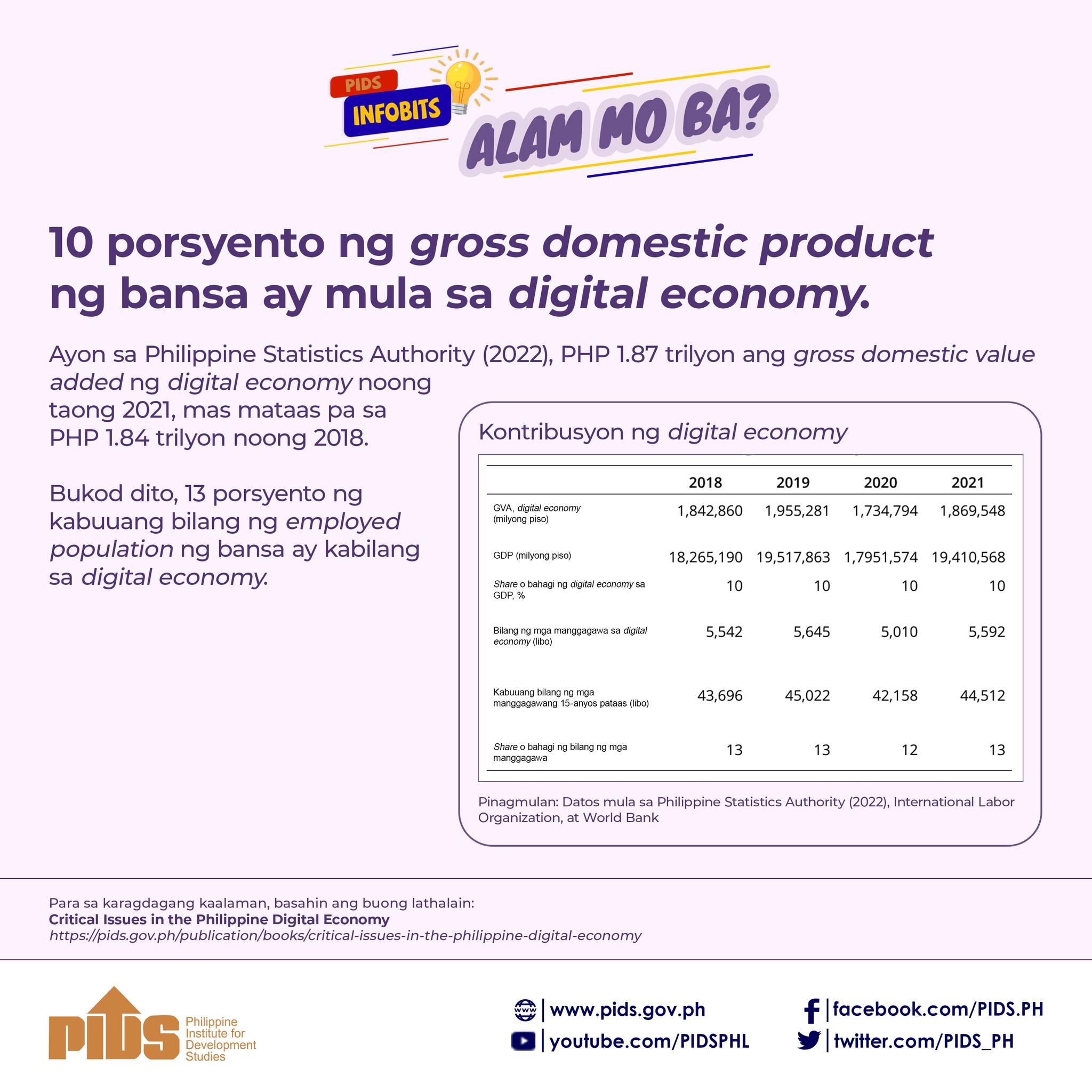New Zealand emerged from almost five weeks of strict nationwide lockdown on April 28 when Prime Minister Jacinda Ardern allowed as many as half a million people to return to factories, construction sites and other essential businesses.
Italy, once the Covid-19 epicenter in Europe, began opening up cautiously on May 4 after its two-month shutdown—allowing 4.4 million Italians to return to work. The world is watching how these economies can restart without igniting a new surge in infections.
Governments around the world have reported 3.6 million infections and more than 255,000 deaths as of May 5, according to Johns Hopkins University. As of May 5, the Philippines has 9,684 cases, 637 deaths, and 1,408 patients who recovered.
The Department of the Interior and Local Government has said “by all indications,” the National Capital Region may graduate from the enhanced community quarantine after it lapses on May 15. But the Inter-Agency Task Force (IATF) for the Management of Emerging Infectious Diseases said that it was basing its recommendations to President Duterte on the trends on the Covid-19 epidemiological curve, health systems capacity of local government units, and economic, social, and security considerations. Metro Manila and eight other high-risk geographical areas are under ECQ until May 15.
The Philippine Chamber of Commerce and Industry last week urged the government to lay clear plans on the partial resumption of businesses and economic activities, particularly in Metro Manila, to stave off a wave of bankruptcies and mass unemployment. Malacañang said the decision to shift the quarantine status of the National Capital Region from ECQ to a general community quarantine (GCQ) will depend mostly on science, giving stress to the government’s capability to attend to the medical needs of the people over the need to jump-start the economy.
President Duterte wants to find a way to reboot the battered Philippine economy while trying to halt the spread of Covid-19 infections. The challenge facing the President is how to go about easing the lockdown that has closed businesses for more than a month now and how to protect millions of employees going back to the workplace.
Joey Concepcion, presidential adviser for entrepreneurship and Go Negosyo founder, has proposed a solution to the President. He suggested placing some barangays in “selective quarantine” after the lifting of the Luzon lockdown. In a selective quarantine, he said the mayor and the barangay chairpersons are authorized to implement an extended lockdown if an area remains stricken with the virus, especially if the rate of infection is high. The barangay quarantine, Concepcion added, aims to help to identify the most vulnerable communities, and redirect resources and services to help stop the spread of the disease.
If the barangay quarantine is implemented successfully, he said public confidence will be reinstated and the country’s economy will revive. “With proper testing and containment of the virus at the barangay level, key industries can resume operations and the essential work force can return safely to work. Let us not penalize the barangays that are infection-free and have followed the President’s orders to stay home for six weeks,” Concepcion said.
The Philippine Institute for Development Studies said the country’s economy is projected to lose up to P2.5 trillion due to the Covid-19 pandemic. Of course, the longer the lockdown, the bigger the loss. Unfortunately, there’s still a long way to go. As the President has said, the health of the people is paramount.
We do not want to return to business as usual prematurely. But nobody knows when is the right time to ease the lockdown. We agree that businesses in low-risk areas should be allowed to operate, as Concepcion has suggested. But they should stagger shifts and strictly enforce social distancing to guarantee the health and safety of workers. Before they are allowed to open shop, businesses must be required to submit risk assessments and action plans to the IATF to ensure that safety nets are in place.
As we move to revive the economy, let’s adopt the test-test-test strategy now that we have sufficient test kits. Testing enables rapid isolation of individuals so we don’t have to quarantine as many people in order to stop another outbreak. Let’s all work together to prevent a second wave of infections.
Italy, once the Covid-19 epicenter in Europe, began opening up cautiously on May 4 after its two-month shutdown—allowing 4.4 million Italians to return to work. The world is watching how these economies can restart without igniting a new surge in infections.
Governments around the world have reported 3.6 million infections and more than 255,000 deaths as of May 5, according to Johns Hopkins University. As of May 5, the Philippines has 9,684 cases, 637 deaths, and 1,408 patients who recovered.
The Department of the Interior and Local Government has said “by all indications,” the National Capital Region may graduate from the enhanced community quarantine after it lapses on May 15. But the Inter-Agency Task Force (IATF) for the Management of Emerging Infectious Diseases said that it was basing its recommendations to President Duterte on the trends on the Covid-19 epidemiological curve, health systems capacity of local government units, and economic, social, and security considerations. Metro Manila and eight other high-risk geographical areas are under ECQ until May 15.
The Philippine Chamber of Commerce and Industry last week urged the government to lay clear plans on the partial resumption of businesses and economic activities, particularly in Metro Manila, to stave off a wave of bankruptcies and mass unemployment. Malacañang said the decision to shift the quarantine status of the National Capital Region from ECQ to a general community quarantine (GCQ) will depend mostly on science, giving stress to the government’s capability to attend to the medical needs of the people over the need to jump-start the economy.
President Duterte wants to find a way to reboot the battered Philippine economy while trying to halt the spread of Covid-19 infections. The challenge facing the President is how to go about easing the lockdown that has closed businesses for more than a month now and how to protect millions of employees going back to the workplace.
Joey Concepcion, presidential adviser for entrepreneurship and Go Negosyo founder, has proposed a solution to the President. He suggested placing some barangays in “selective quarantine” after the lifting of the Luzon lockdown. In a selective quarantine, he said the mayor and the barangay chairpersons are authorized to implement an extended lockdown if an area remains stricken with the virus, especially if the rate of infection is high. The barangay quarantine, Concepcion added, aims to help to identify the most vulnerable communities, and redirect resources and services to help stop the spread of the disease.
If the barangay quarantine is implemented successfully, he said public confidence will be reinstated and the country’s economy will revive. “With proper testing and containment of the virus at the barangay level, key industries can resume operations and the essential work force can return safely to work. Let us not penalize the barangays that are infection-free and have followed the President’s orders to stay home for six weeks,” Concepcion said.
The Philippine Institute for Development Studies said the country’s economy is projected to lose up to P2.5 trillion due to the Covid-19 pandemic. Of course, the longer the lockdown, the bigger the loss. Unfortunately, there’s still a long way to go. As the President has said, the health of the people is paramount.
We do not want to return to business as usual prematurely. But nobody knows when is the right time to ease the lockdown. We agree that businesses in low-risk areas should be allowed to operate, as Concepcion has suggested. But they should stagger shifts and strictly enforce social distancing to guarantee the health and safety of workers. Before they are allowed to open shop, businesses must be required to submit risk assessments and action plans to the IATF to ensure that safety nets are in place.
As we move to revive the economy, let’s adopt the test-test-test strategy now that we have sufficient test kits. Testing enables rapid isolation of individuals so we don’t have to quarantine as many people in order to stop another outbreak. Let’s all work together to prevent a second wave of infections.












